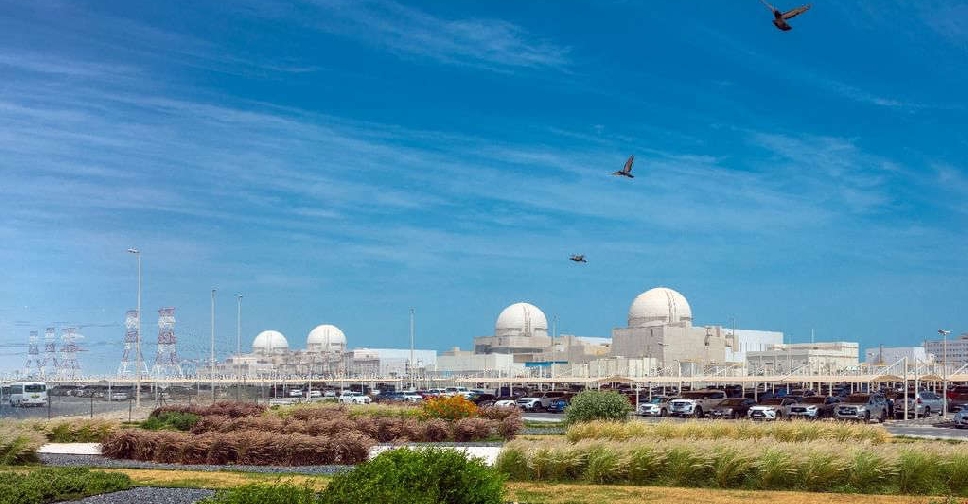Barakah Nuclear Energy Plant: A Year of Achievements in Clean Energy Production
—
The Emirates Nuclear Energy Company (ENEC) recently celebrated a significant milestone: one year since the Barakah Nuclear Energy Plant achieved full-fleet operations. This monumental achievement underscores the UAE’s commitment to diversifying its energy sources and accelerating its transition towards sustainable energy solutions.
As it stands, all four reactors at the Barakah facility are producing a remarkable 25 percent of the UAE’s electricity needs. Over the past year, the plant has generated 40 terawatt-hours (TWh) of clean energy, a feat that illustrates the nation’s growing reliance on renewable resources. Since the commencement of operations, Unit 1 has contributed more than 120 TWh of energy—enough to power a city equivalent to New York for an entire year. This shift is not merely a numbers game; it translates into significant environmental benefits, allowing the UAE to avoid upwards of 22 million tonnes of carbon emissions annually, affirming the plant’s status as the region’s largest source of clean energy.
Mohamed Al Hammadi, ENEC’s Managing Director and CEO, remarked on the plant’s success in fulfilling its commitment to provide continuous, reliable power. He emphasized that this achievement is a result of meticulous long-term planning, coupled with international collaboration and expertise. ENEC’s approach showcases how strategic partnerships can yield tangible results in the energy sector.
Significantly, the Barakah project has made strides towards building a skilled workforce capable of operating nuclear facilities. Over 2,000 Emirati nationals have been trained and are now directly involved in the operation and maintenance of the plant. This local workforce is not just an asset in terms of technical proficiency but also a vital component of the UAE’s broader strategy to promote Emiratization within key industries. The development of local talent represents a commitment to the UAE’s long-term vision of creating a sustainable and self-sufficient nuclear energy sector.
The construction of the Barakah facility began in July 2012, a landmark project overseen by the Federal Authority for Nuclear Regulation (FANR) and constructed in partnership with Korea Electric Power Corporation (KEPCO). Remarkably, the project was completed with a 40 percent reduction in costs, time, and labor between the first and last reactor units, setting a precedent for future nuclear ventures in the country. By 2015, with the launch of construction for Unit 4, Barakah cemented its reputation as the world’s largest nuclear energy construction site, boasting four identical reactors being built simultaneously at one location.
The successful completion of Unit 4’s construction in December 2023 followed by its operational commencement in September 2024, further solidifies the UAE’s nuclear ambitions and its commitment to clean energy. With each reactor playing a critical role in meeting the energy needs of a burgeoning population and a rapidly diversifying economy, the Barakah Nuclear Energy Plant stands as a potent symbol of progress in the region.
As the UAE continues to explore avenues for sustainable development, the Barakah project highlights the potential of nuclear energy as a cornerstone of the country’s energy strategy. It is part of a larger vision encapsulated in the UAE Energy Strategy 2050, which aims to increase the contribution of clean energy to the national energy mix to 50 percent by the year 2050.
In conclusion, the Barakah Nuclear Energy Plant has not only bolstered the UAE’s energy independence but has also emerged as a critical player in the global discourse on clean energy. As the nation strides forward, the successful implementation of the Barakah project serves as a case study for other countries considering nuclear energy as part of their sustainable development strategies.
—
Relevant Tags
#UAE #EconomyNews #EnvironmentNews

